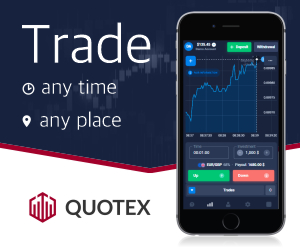Leverage in Forex — Meaning, Example, and How to Use Safely
Definition
Leverage in forex allows you to control a larger position size with a smaller amount of capital. It is expressed as a ratio (e.g., 1:50, 1:100, 1:500), meaning for every $1 you invest, the broker lends you the rest.
How Leverage Works
With 1:100 leverage, $1,000 of your own money can control a $100,000 position. This increases both potential profits and potential losses.
Example
Benefits of Leverage
- Allows traders with small capital to access larger positions.
- Can amplify profits from small price moves.
- Useful for short-term trading strategies.
Risks of Leverage
- Amplifies losses as much as profits.
- Increases the chance of margin calls.
- Can lead to account wipeouts if not managed carefully.
How to Use Leverage Safely
- Use the lowest leverage necessary for your strategy.
- Always set stop-loss orders.
- Risk only a small percentage of your capital per trade.
- Avoid overleveraging during high-volatility news events.
Common Mistakes
- Thinking high leverage means guaranteed profits.
- Trading without a risk management plan.
- Ignoring margin requirements.
Quick FAQ
Q: What leverage is best for beginners?
A: Many experts recommend starting with 1:10 or lower to limit risk.
Q: Can I change my leverage level?
A: Yes, most brokers let you adjust leverage in your account settings.




